INTRODUCTION
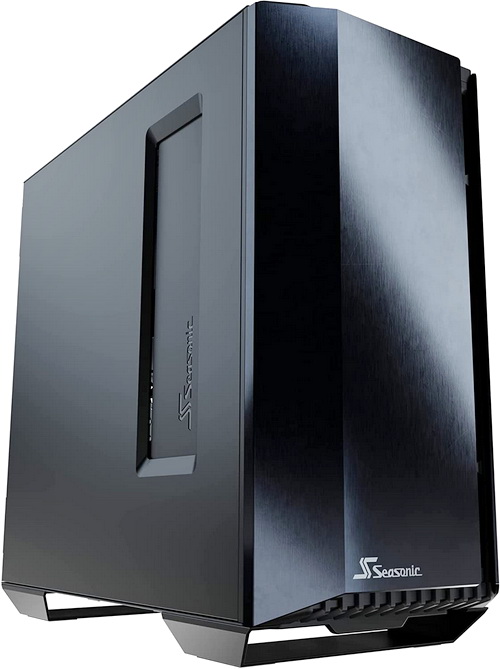
One of the things that has "plagued" the PC community for the past 2 decades or so has been cable management. Initially proper cable management was purely something that could help with airflow levels (thus lower system temperatures in general) but with the introduction of the very first clear side panels having a clean interior became even more important. To that end PC case manufacturers added more holes and room behind the motherboard tray for cables whereas motherboard manufacturers started using angled connectors. Still, it wasn't only up until a few years back that manufacturers took things a step further with Seasonic probably being the first to introduce such solutions and more specifically their SYNCRO towers and Syncro CONNECT power supply units. So today i decided to take a thorough look at their SYNCRO Q704 + CONNECT DPC-850 bundle to see what new it brings to the table.
Sea Sonic Electronics Co., Ltd was founded more than 40 years ago by engineers. Since its early beginnings the company has rigorously maintained its focus on the research, development and production of technologically advanced, high quality products. In 1981 Sea Sonic expanded into the production of PC power supplies to become one of the first manufacturers in this market. Soon after, the manufacturing of high quality and performance PC power supplies became the core identity of Sea Sonic.
As already mentioned above this Seasonic bundle consists of the SYNCRO Q704 Mid-Tower (E-ATX) and the Syncro CONNECT DPC-850 80 Plus Platinum Power Supply Unit. The SYNCRO Q704 is a black elegant mid-tower that features a tempered glass side panel (hinge design), removable front, top and bottom air filters, 4 pre-installed high-RPM 120mm NIDEC fans and an inverted ATX motherboard design which offers optimal cooling for both the CPU and motherboard components. It also offers plenty of interior space for up to 5 drives (2x3.5" & 3x2.5" or 5x2.5"), 8 fans (8x120mm or 7x140mm & 1x120mm) and/or 2 radiators (240/280/360mm), 185mm tall CPU coolers, 345mm long graphics cards and 280mm power supply units. What however makes the SYNCRO Q704 stand out from other mid-towers is its special layout designed specifically for use with their CONNECT series of power supply units. The Syncro CONNECT DPC-850 model shipped with this bundle is 80 Plus Platinum certified (92% electrical efficiency), can deliver up to 958W (peak), sports a strong 70A single +12V rail which can deliver 98% of the units’ total power output (840W) and features a hybrid fan function and several industrial grade electrical protections including OPP (over-power), OVP (over-voltage), UVP (under-voltage), SCP (short-circuit), OCP (over-current) and OTP (over-temperature). Time to see whether or not setting your eyes on this bundle is a good idea.
SPECIFICATIONS AND FEATURES

PACKAGING AND CONTENTS
Seasonic uses a plain cardboard to ship the bundle inside which as expected has drawings of both parts at the front and rear.
Another product drawing is located on the left side of the box.
The SYNCRO and Syncro CONNECT specifications are printed on the right side.
Typically for high end PC cases the SYNCRO is wrapped inside a cloth cover and placed between two thick foam spacers.
Along with the Syncro Q704 you're also getting 5 cable straps, cloth gloves, cleaning cloth, plastic box with mounting screws inside and the user manual.
THE SYNCRO Q704 EXTERIOR
Measuring 493mm in height, 537mm in length and 234mm in width the SYNCRO Q704 is a rather large mid-tower model.
The left side panel is made out of steel and is held in place with 2 rear thumbscrews.
For the fascia Seasonic has used brushed aluminum and i have to admit it looks very nice.
Here we also find a very convenient slide in/out air filter.
You can of course remove the fascia to reveal the 3 front NIDEC fans.
The top I/O includes the on/off and reset buttons, HDD activity LED, two USB 3.0 ports, USB 3.1 Type-C port and the usual headphone and microphone 3.5mm jacks.
Most of the top features a removable air filter underneath which you can mount either three 120/140mm fans or a single 240/280/360mm radiators.
Moving at the rear we find 7 PCI expansion slots, 120mm NIDEC fan (can be replaced with an 140mm fan) and the PSU area.
The right side panel is made out of tempered glass and uses a hinge design which makes it very easy to open and close.
A very long removable air filter is also located at the base of the SYNCRO Q704.
THE SYNCRO Q704 INTERIOR
Seasonic has placed 3 pieces of black foam in the SYNCRO Q704 and in turn the Syncro CONNECT DPC-850 inside those.
Removing those reveals the spacious interior of the Q704.
What stands out at the base of the case is the PSU shroud (on which you can mount a single 120mm fan) and the removable dual drive cage (2x2.5/3.5").
The three 120mm NIDEC fans placed at the front should provide plenty of airflow (at the cost of noise however).
The SYNCRO Q704 is compatible with up to E-ATX motherboards so plenty of room on the motherboard tray.
Turning the case around we find 3 vertical 2.5" aluminum drive trays, the PSU area with its 4 rubber feet and a plastic cover also placed vertically.
THE SYNCRO CONNECT DPC-850
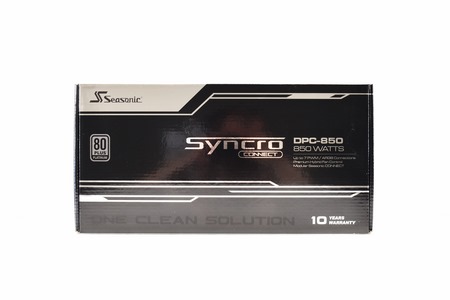
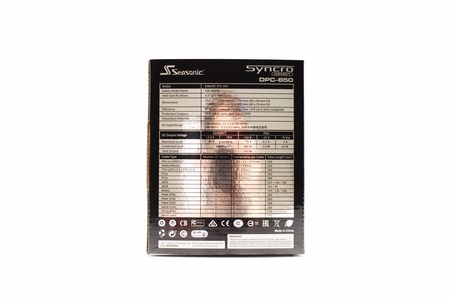
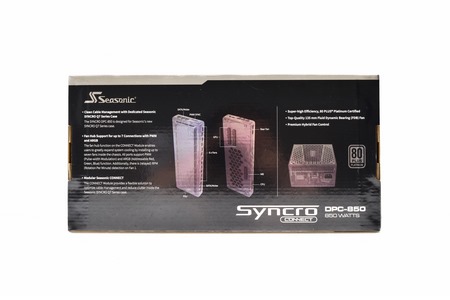
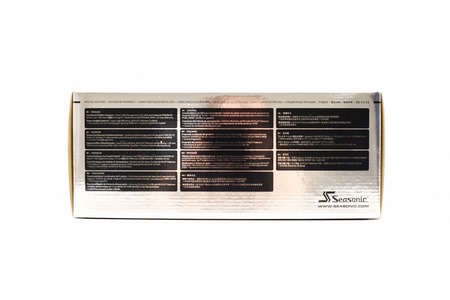 Seasonic uses a silver and black box to ship the Syncro CONNECT DPC-850 inside.
Seasonic uses a silver and black box to ship the Syncro CONNECT DPC-850 inside.
As expected the unit is placed between two thick black pieces of foam.
Along with the Syncro CONNECT DPC-850 its module, modular cables and its power cable you'll also be getting 12 cable ties, 5 cable straps, tester, case badge, steam contest slip and the user manual.
The DPC-850 is shipped with flat low profile modular cables.
This is actually a compact PSU measuring just 140mm in width, 150mm in length and 86mm in height.
An 135mm fan is located at the top of the enclosure while the electrical table is located at its base.
At the rear we find the on/off power switch, hybrid fan mode function and the power port.
The 135mm dual-ball bearing fan used is made by Hong Hua and can reach speeds of up to 2000RPM.
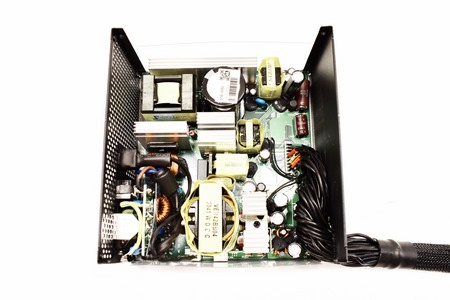
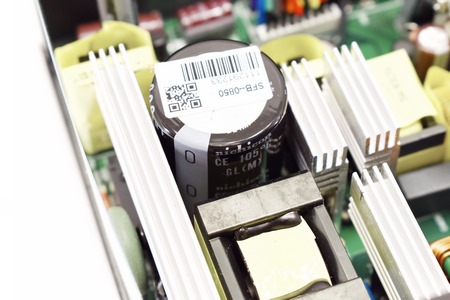
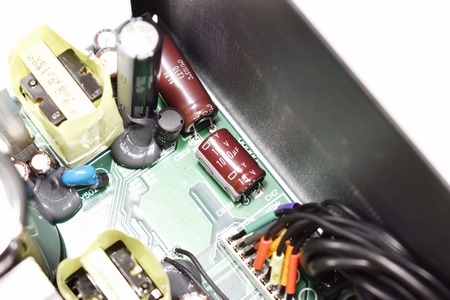
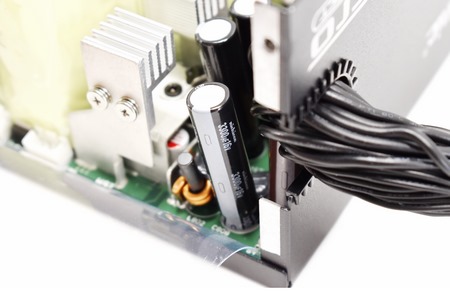 Seasonic has once again used Japanese capacitors rated for use up to 105 degrees Celsius, this time from Nichicon (primary, secondary) and United Chemi-Con (secondary).
Seasonic has once again used Japanese capacitors rated for use up to 105 degrees Celsius, this time from Nichicon (primary, secondary) and United Chemi-Con (secondary).
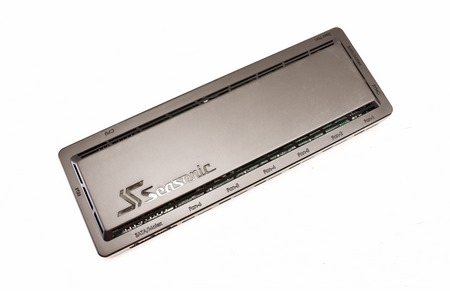
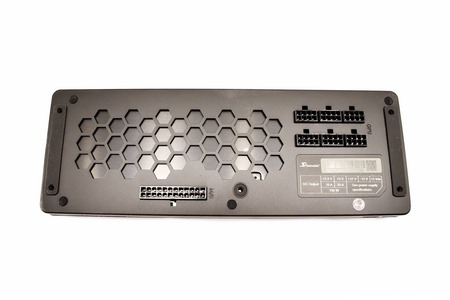 As for the plastic module as you can see it has an PSU input and numerous outputs for seven fans, four Molex/SATA power cables, two 8pin CPU cables, sync cable, 24pin motherboard cable and six 8pin PCIe cables.
As for the plastic module as you can see it has an PSU input and numerous outputs for seven fans, four Molex/SATA power cables, two 8pin CPU cables, sync cable, 24pin motherboard cable and six 8pin PCIe cables.
BUILDING THE SYSTEM
As always, the purpose of this section is not to build a functional system but rather to showcase what you can expect from the case at hand in terms of interior space.
I started this system build by replacing the rear plastic cover with the module of the Syncro CONNECT DPC-850 as seen above.
Measuring just 140mm in length the DPC-850 leaves way too much free room at the base of the case.
Because of the module you don’t need so much space in front of the PSU, still since some consumers may just pair this case with another PSU Seasonic left quite a bit of empty space here.
Of course, once you place the steel side panel back on, you’ll see the module from the outside.
Using even an E-ATX sized motherboard still leaves plenty of room on the motherboard tray.
The 24pin power connector along with the six 8pin PCIe connectors are next to the motherboard (if you decide to mount a radiator at the front make sure it’s up to 45mm in thickness otherwise you will not be able to use 3 out of the 6 PCIe connectors).
You can of course mount an 360mm radiator at the top regardless of thickness (however this means you will not be able to use the bottom PCIe slot).
I decided to mount an 30mm thick radiator at the front (up to 27mm you don’t need to remove the bottom drive cage) and a regular CPU air cooler just so you can all see what room you have here.
With enough room for graphics cards up to 345mm in length you should be able to use any of the ones available in the market today (the GeForce GTX590 used here is roughly 295mm long).
NOISE LEVEL TEST

After giving it much thought, we decided on performing noise tests with each PC Case we receive by placing our ExTech HD600 vertically on top of each case to measure the noise levels emanating from the pre-installed fans at both 50% and 100% with the help of a fan controller (if the case doesn't have one, i use my very own).
TEST BED
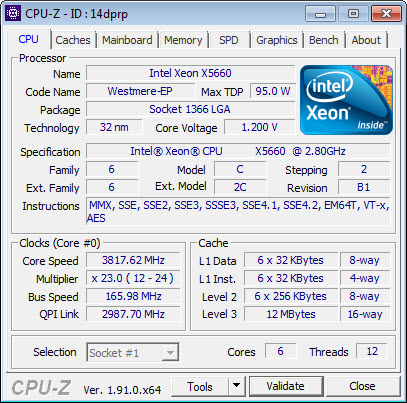

TESTING METHODOLOGY
Using a dedicated measurement instrument such as a Chroma or a SunMoon to test power supply units is without doubt the most ideal and accurate way (not to mention the fastest) to do that currently. However, it's certainly not the only way there is and so pretty much anyone can test a power supply unit just by using a test rig. Certainly, limitations do apply and so you can't really push a 1000W power supply to its limits if your system only uses 500W at peak loads and that's why over the years we saved certain hardware components for the purpose of building a dedicated PSU test rig. True it may not be as accurate as the above mentioned solutions but it comes really close and is in fact much closer to real world usage. So as always, we ran several games with maximum graphic options enabled at a resolution of 2560x1600 in order to stress every hardware component and increase the overall power demands of the system. The Passmark BurnIn Test was also used to overstress the components in an effort to provide the most accurate results possible. As a final test we also used the latest OCCT 4.4 software and its dedicated PSU testing suite since it can really bring a power supply to its knees after inside a few minutes.
Rail stability was checked/measured with the CPUID Hardware monitor and a Metex multimeter which also recorded the system load in idle and in load. As always try to remember that the power consumption numbers listed in the graph are the highest (Peak) ones recorded during the entire duration of the tests and not the average ones. Noise levels coming from the fan were recorded using the high precision HD600 ExTech Sound dBA Meter from the rear of the unit and at a range of no more than 5-10cm. Readings under load are recorded the exact moment we manually switch the fans of all graphics cards from full speed to almost zero, that way the fan of the power supply does not have enough time to slow its RPM and so by doing this we get very accurate noise level readings. Needless to say, in order to get 100% accurate readings, you need to have a noise isolated room for that exact purpose, something which is quite impossible unless you are working inside a real lab (some people use very small noise insulated boxes but due to their size both heat and noise exceed normal levels and so the results can't really be considered to be 100% accurate, nor realistic for that matter). Also do take into account that since all noise measurements take place from just 5-10cm away the final noise levels to reach your ears will be considerably less.
* After well over 10 years of testing PSUs the Intel Core i7-920 CPU of this rig failed and was replaced it with a Xeon X5660 (also swapped the GA-X58A-UD7 for the G1. Assassin).
TEST RESULTS


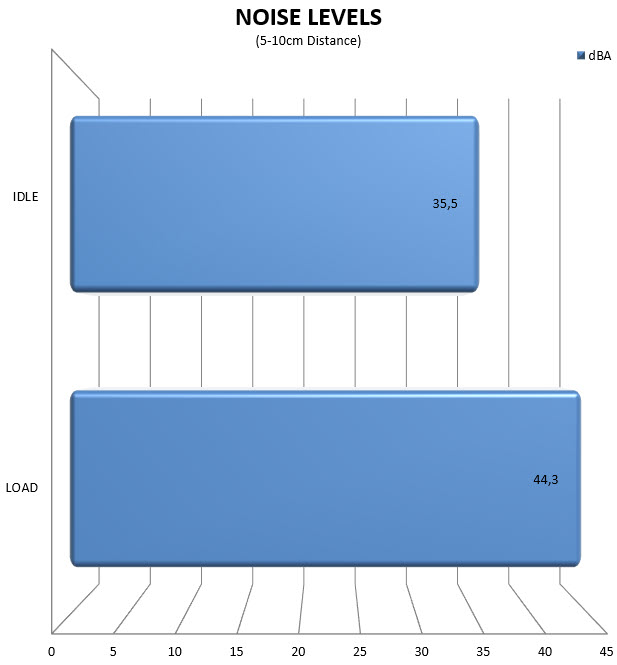
CONCLUSION
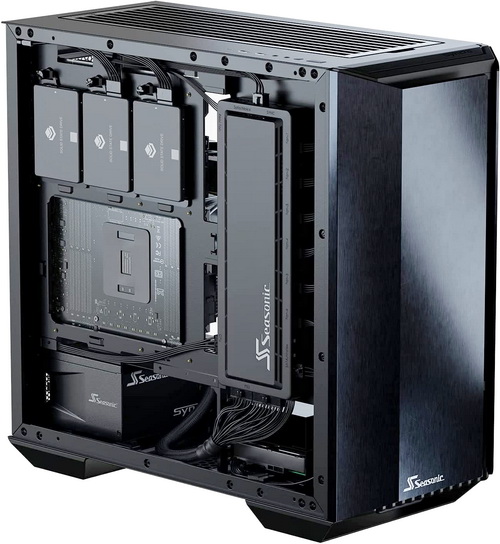
Both the SYNCRO Q704 PC case and the SYNCRO CONNECT DPC-850 may also be sold alone in the market but since they were obviously designed for use with each other Seasonic was right in making such a bundle available. Still even though this bundle is already 2 years old i don't think it ever got the attention it deserved and i really don't know why. Yes, in terms of design the SYNCRO Q704 may not be something breath taking but its build quality is nothing short of excellent and it does look the part. Interior space is also very good since you can outfit it with up to 5 drives (2x3.5" & 3x2.5" or 5x2.5"), 8 fans (8x120mm or 7x140mm & 1x120mm) and/or 2 radiators (240/280/360mm), 185mm tall CPU coolers, 345mm long graphics cards and 280mm power supply units. The same goes for airflow levels not only thanks to the four high-performance 120mm dual-ball bearing NIDEC fans but also the front, top and bottom removable air filters. The inverted design which places the GPU over the CPU to avoid heat from the former reaching the latter is also a nice touch although at the same time this means some heat coming from the CPU gets to reach the GPU instead. As for the Syncro CONNECT 850W power supply unit well it may have taken me longer than usual for this review since i also wanted to test it out but it was clearly well worth the extra effort since it's a high-quality unit that produces solid rail stability without taking your ears off even at over 85% load. Yes, it's not exactly modular (it does have a cable going to the module piece after all) but as you can see from my pictures when used with the SYNCRO Q704 it just doesn't need to be. Now if someone asked me to change 1 thing about this bundle that would be the location of the motherboard and PCIe power connectors of the module on the motherboard tray since it would be nice to have room to mount an 60mm thick radiator at the front. I know i am nitpicking right now and to most people this will not matter at all (especially since you can use an 60mm radiator at the top) but that's just about the only thing that comes to mind.
At the time of my review the Seasonic SYNCRO Q704 & SYNCRO CONNECT DPC-850 bundle retails for USD543.43 inside the USA (Amazon.com) and for 338.08Euros inside the EU (Amazon.de). Leaving out the inflated price on the other side of the Atlantic things are actually very good here. Just take into consideration that the 4 NIDEC fans alone in the market cost well over 120Euros so you’re basically paying around 300Euros for one of the best quality mid-towers I’ve seen in a while and an 80 Plus Platinum 850W power supply unit, both of which made by Seasonic. Granted, even that may not seem as affordable to many consumers but objectively speaking this bundle is priced well. Overall, I don’t know if this is a bundle I’d recommend to gamers (the lack of LED lights may disappoint some) but it’s one I’d definitely recommend to consumers, enthusiasts and professionals in general and that’s why it gets the Golden Award.

PROS
- Very Good Build Quality (Brushed Aluminum Fascia / Tempered Glass Side With Hinges)
- 850W 80 Plus Platinum Power Supply Unit With Module
- Airflow Levels (4x120mm High Speed NIDEC Fans)
- 2 Radiator Mounts (240/280/360mm)
- Inverted Motherboard Design (Optimal CPU Temperatures)
- Space For 185mm Tall CPU Coolers, 345mm Long Graphics Cards & 285mm Long Power Supply Units
- Front, Top & Bottom Air Filters
- Price (EU)
CONS
- Price (USA)

 O-Sense
O-Sense





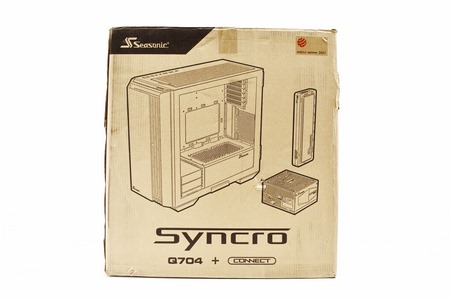
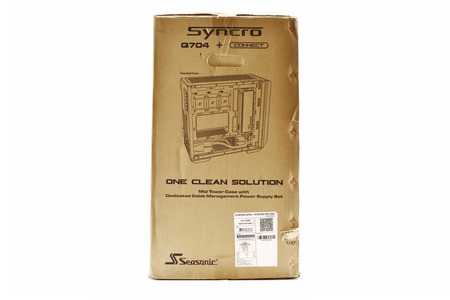
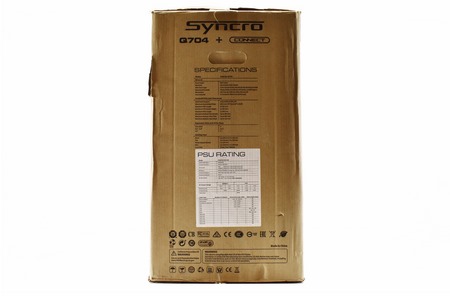
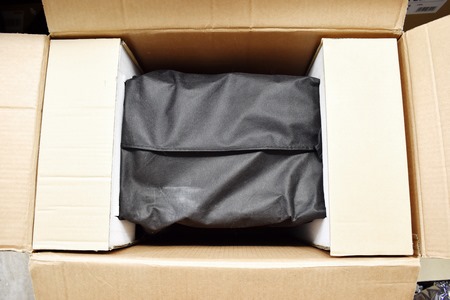
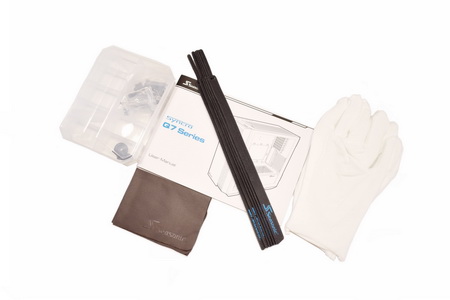
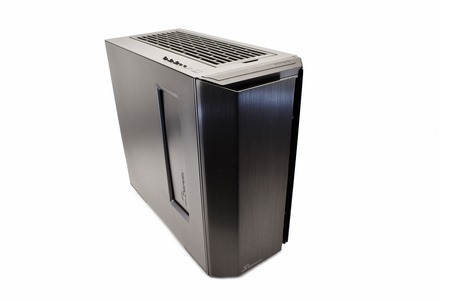
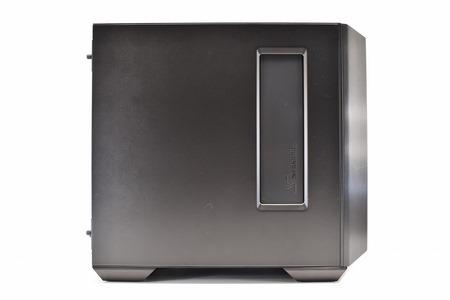
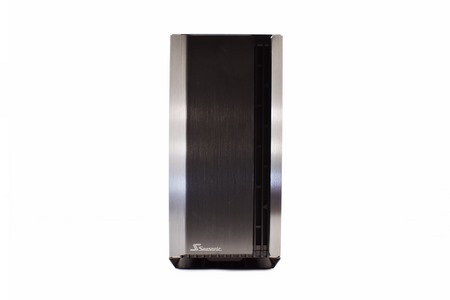
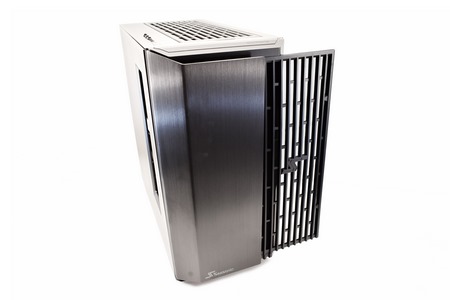
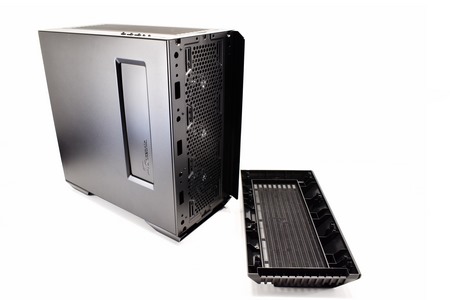
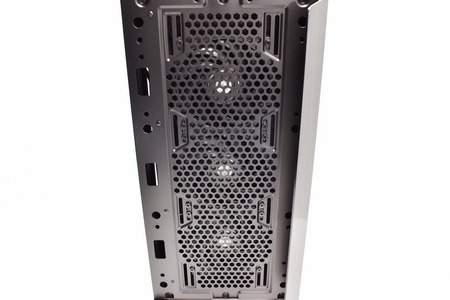
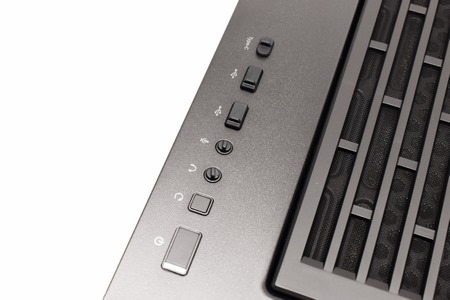
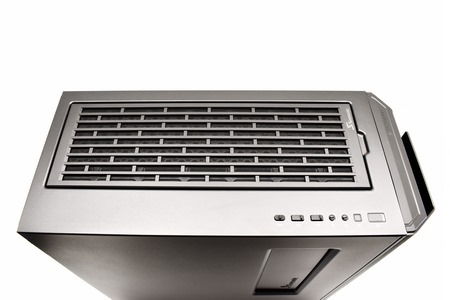
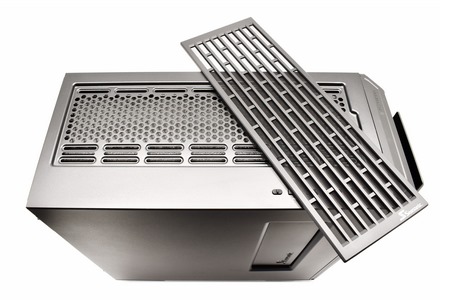
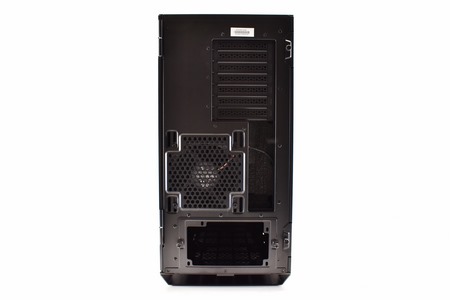
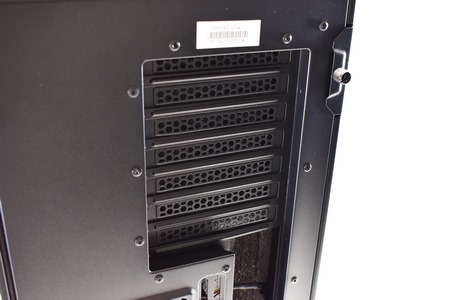
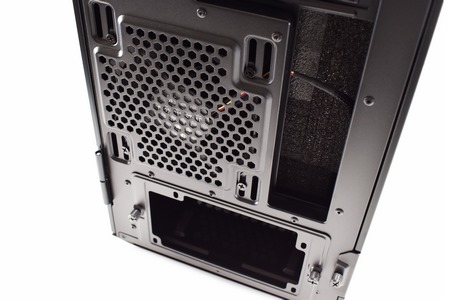
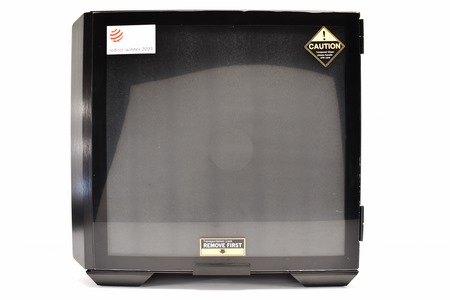
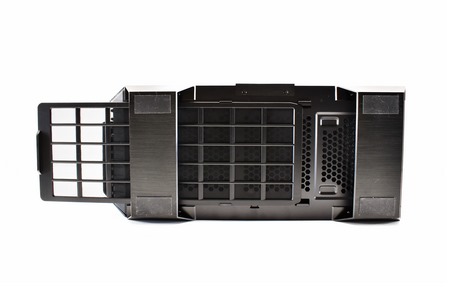
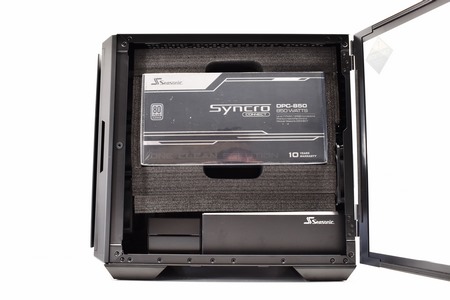
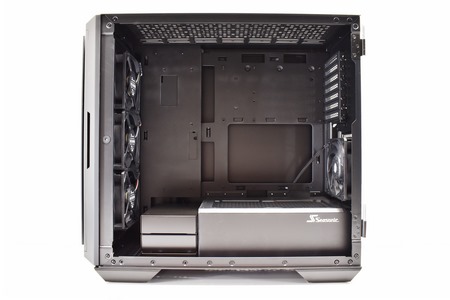
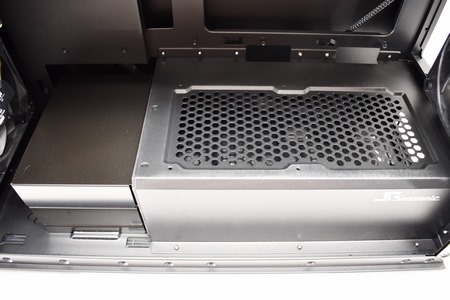
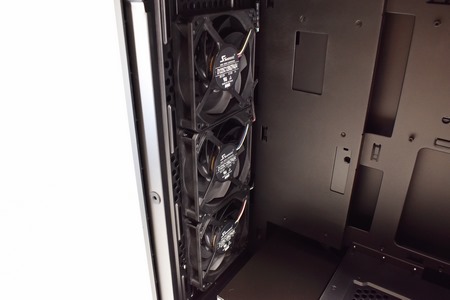
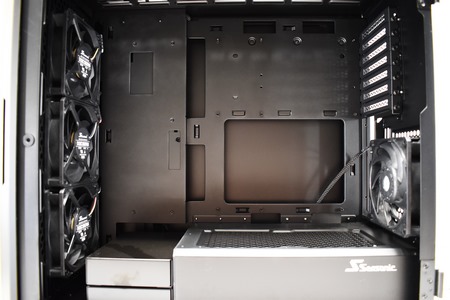
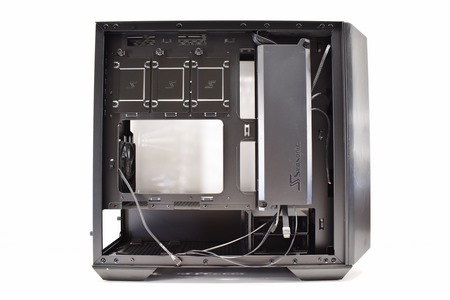
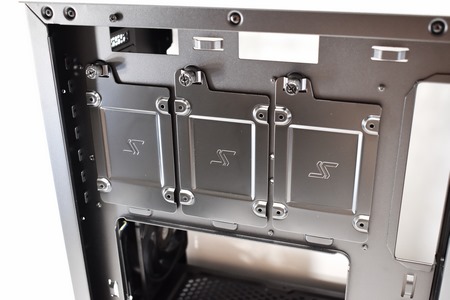
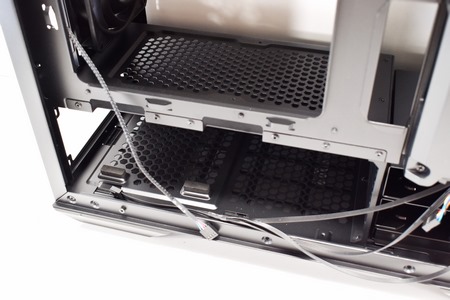
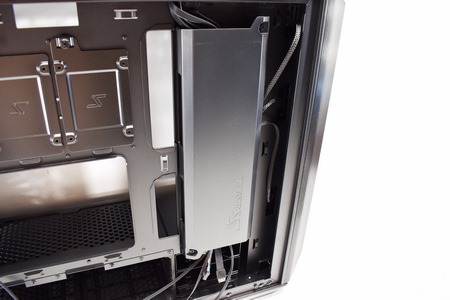
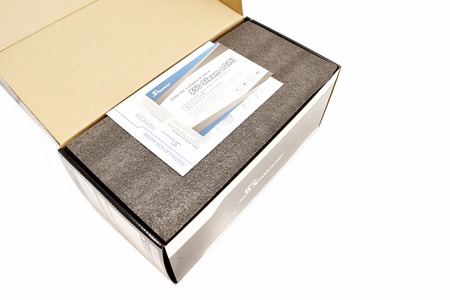
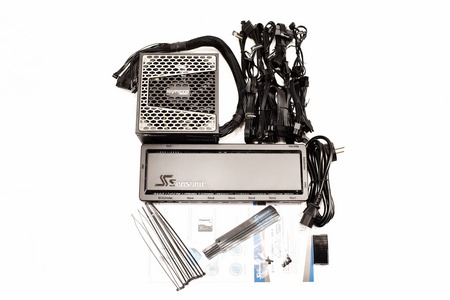
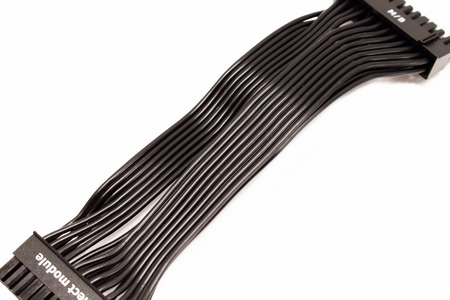
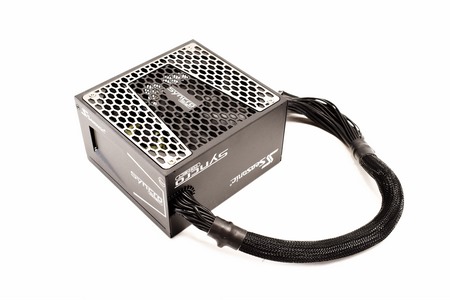
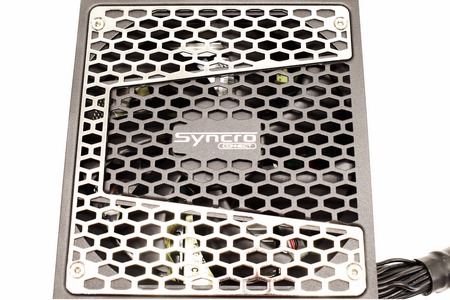
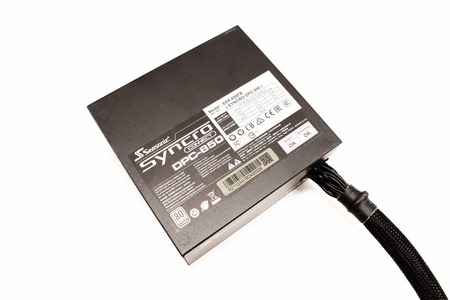
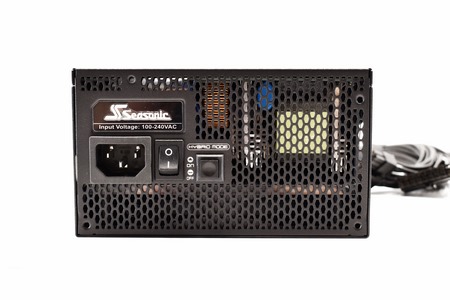
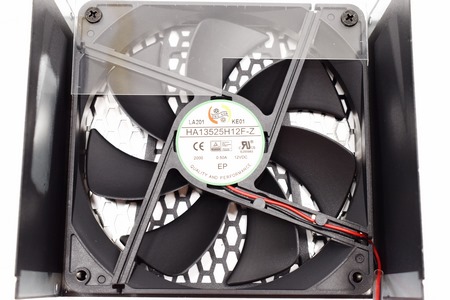
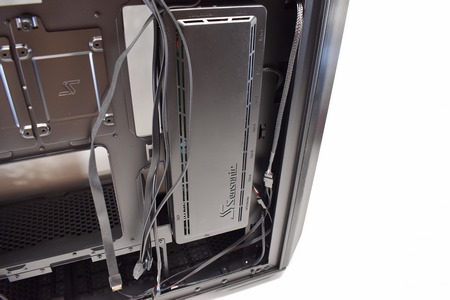
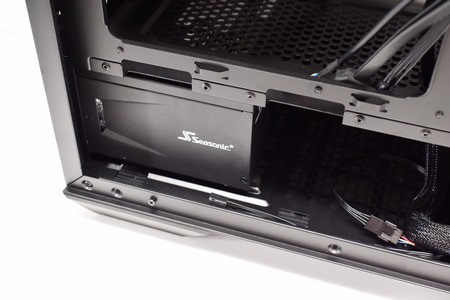
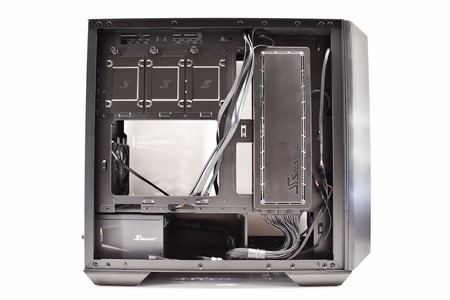
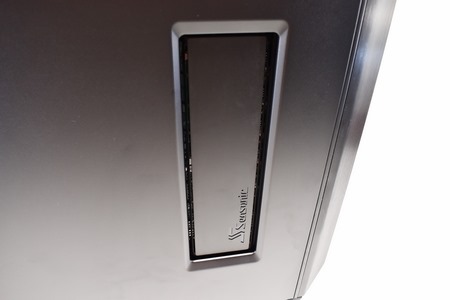
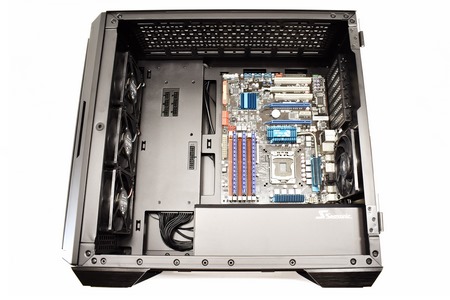
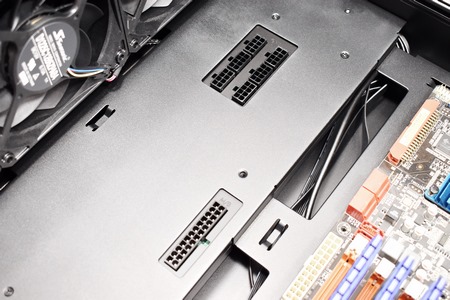
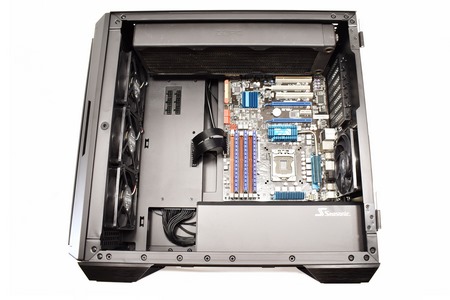
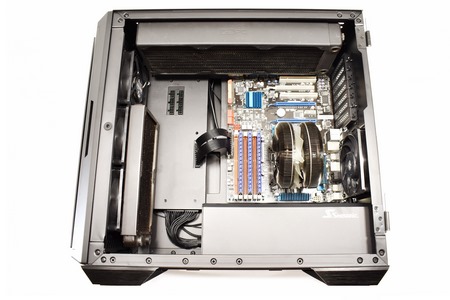
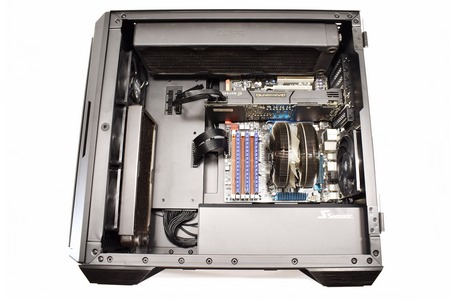


.png)

